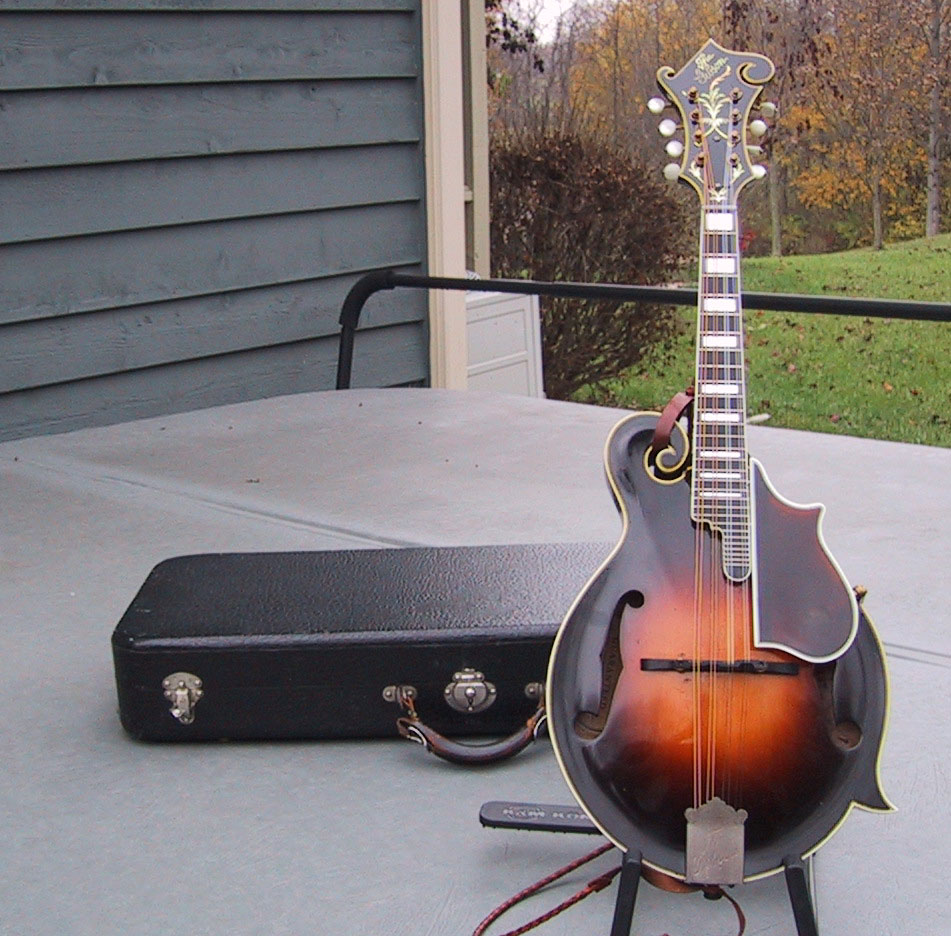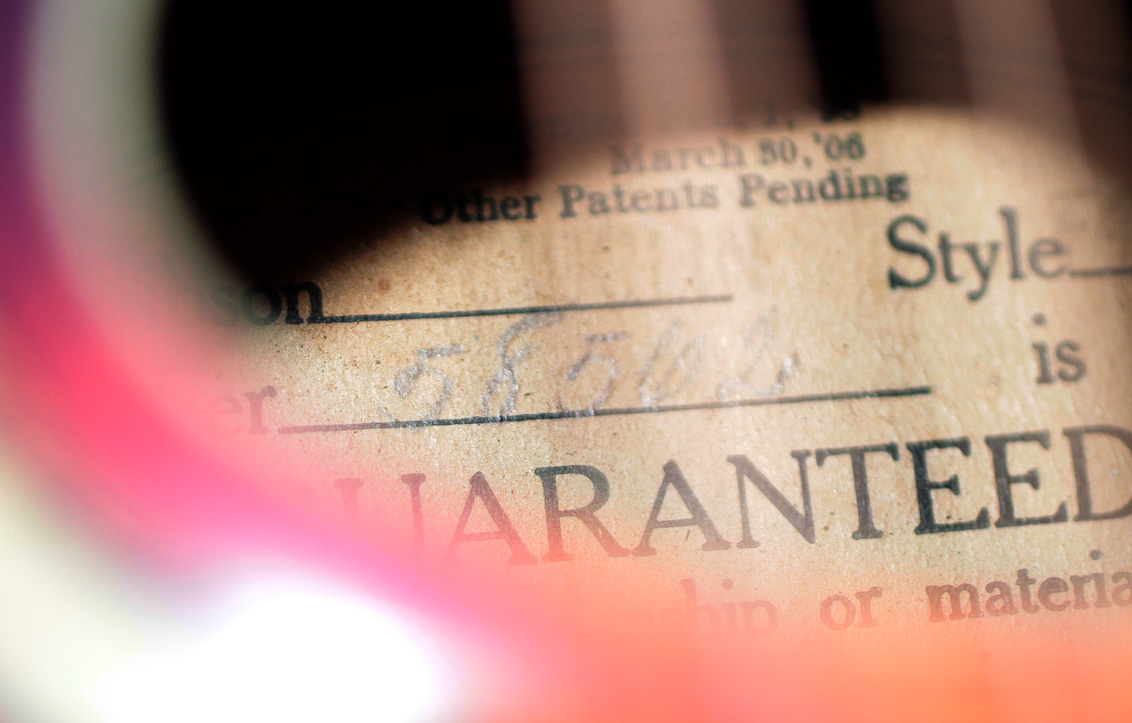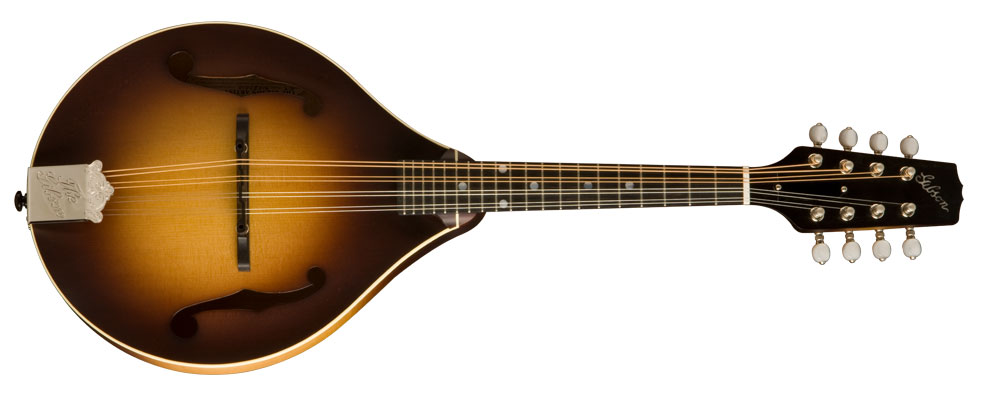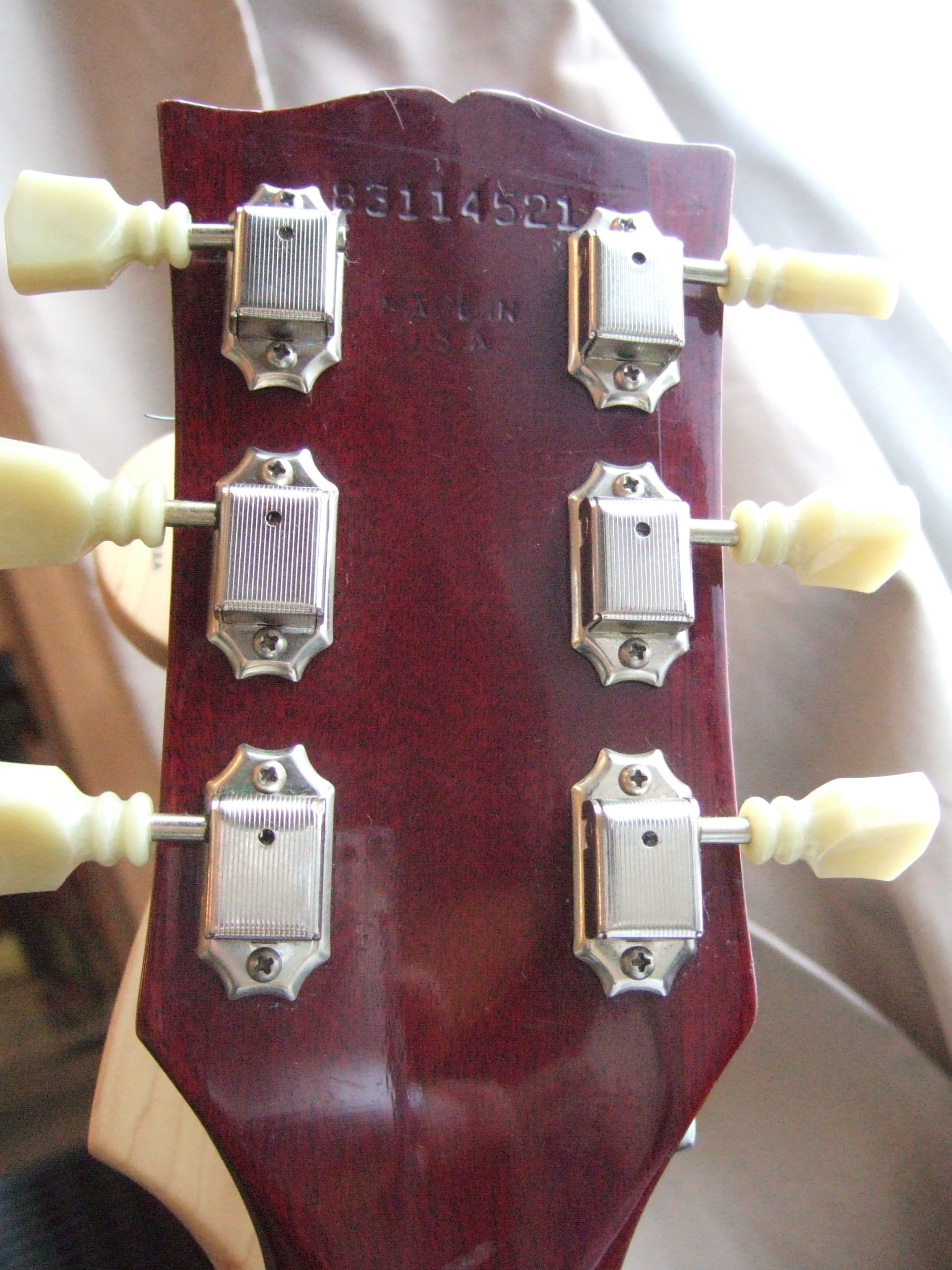

They were popular with the Cowboy Singing Stars like Bob Baker (National Barn Dance – WLS). Because there are few of these instruments around, little has been written about them, though some did find their way into the hands of influential artists of the day. Not many were sold and the production run was therefore limited to 2 years. The bass of this model will amaze you, and of course the clear brilliant treble is in perfect balance.” For once, the hyperbole may have been closer to the truth.1934 was in the depth of the depression, and at $60 without a case, most families put food ahead of guitars. Dimensions: 16″ wide, 10 1/4″ long and 4 1/2″ deep.The promotional material in the Gibson catalog of 1934 said: “This greater body size produces a heavy, booming tone so popular with many players who do vocal and small combination accompaniment for both personal and radio appearances. They didn’t sell well but did live up to their design intent of aheavier, booming tone with good overall balance. It was the heart of the depression and the instruments cost $60 without a case.

It took Gibson 2 years to develop their response: The Jumbo of 1934. At the time, the Nick Lucas model was the largest flat-top Gibson offered.

Introduced 1934 and modified late 1935.Martin introduced the large body dreadnaught in 1932 – It was bigger, bolder, and louder than anything Gibson had to offer. 12 fret neck to body joint.Ģ” neck width at nut.

They could be strung with steel or nylon strings. Introduced 1963, these were designed as dual-purpose instruments. Gibson had changed its neck profiles and headstock shape on the successful J-Series. The LG-Series is 2” narrower than the J-Series. The narrower guitar sizes allowed for available materials. Good size logs of spruce were government controlled during the war and were not easily available shortly after. Several other forces were at work for change. The flood of returning soldiers with a broader world-view brought new musical tastes and new hopes for the future. Materials and methods of production were reviewed and revised. During the war years women played a greater role in manufacturing while young men were fighting overseas. Gibson had helped in the war effort and seen many employees enlist. World War II changed many aspects of the guitar world.
#Martin mandolin serial number lookup series#
The Gibson LG series of flat-top guitars were developed as the natural evolution of the earlier L-Series. 81232560 Extended Search For all Gibson guitars made prior to 1977 and reisues. Fjestad's Gibson Serialization from the Blue Book of Electric Guitars (linked to Gibson's website) gives the sequence for 1916 as 32000 to 39500 for all instruments, in an initial sequence starting at 100 and running to 9999 for the period 1902-1947.
#Martin mandolin serial number lookup serial numbers#
Re: Gibson mandolin serial numbers Originally Posted by allenhopkins S.P. Aparently it is an Epiphone limited edition, it has the stamp on the back of the headstock, the one with the Euro symbol E. The number is on the headstock and is ink stamped on. I looked up my Gibson Les Paul Epiphone number 198050195 but it wasn't recognized. The L-series is very difficult to properly identify and date as they were inconsistent in their appointments and the catalog descriptions do not always agree with the actual instruments produced. In 1926 Gibson introduced the L-series guitars with the L-0 at $35 and the L-1 at $50 (1928 prices).


 0 kommentar(er)
0 kommentar(er)
